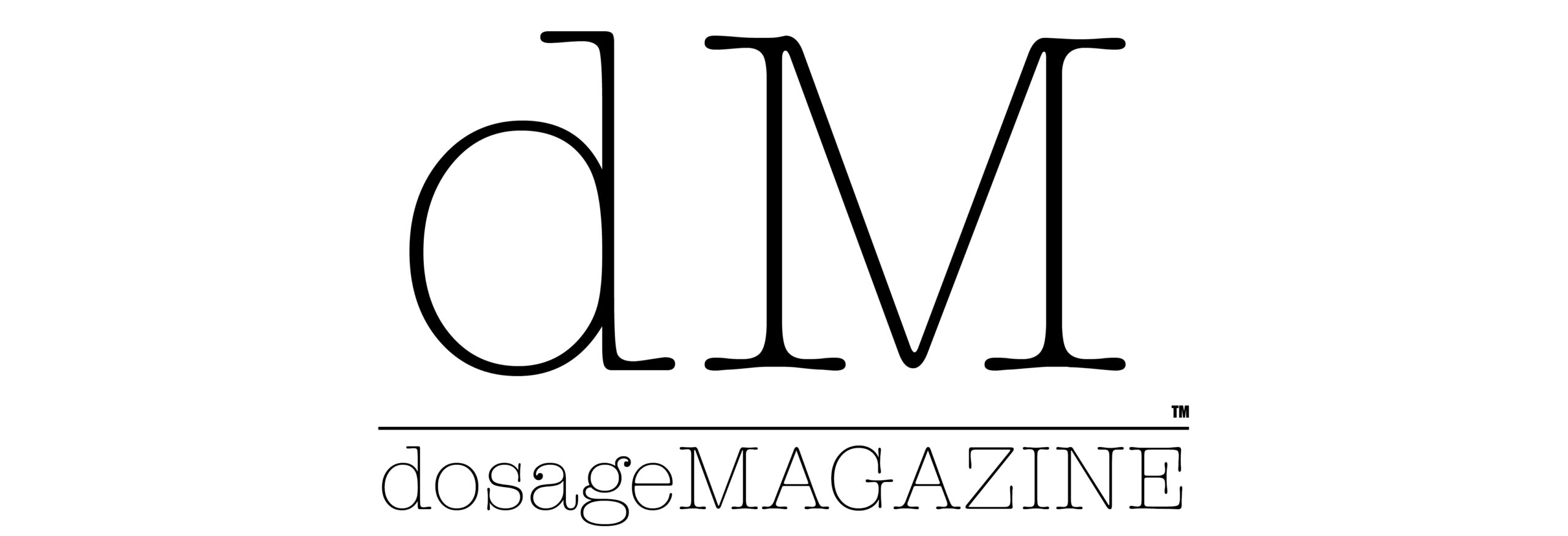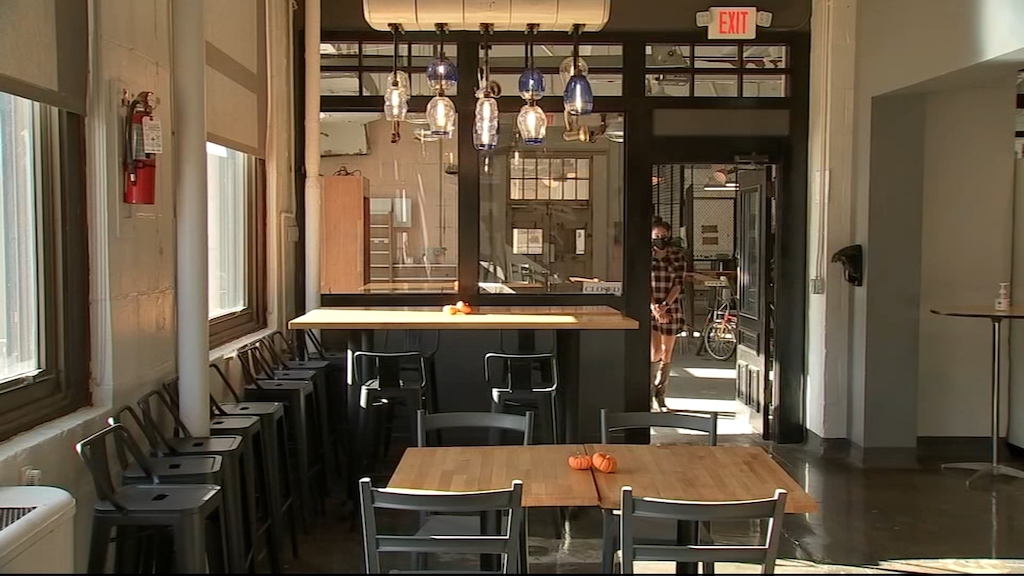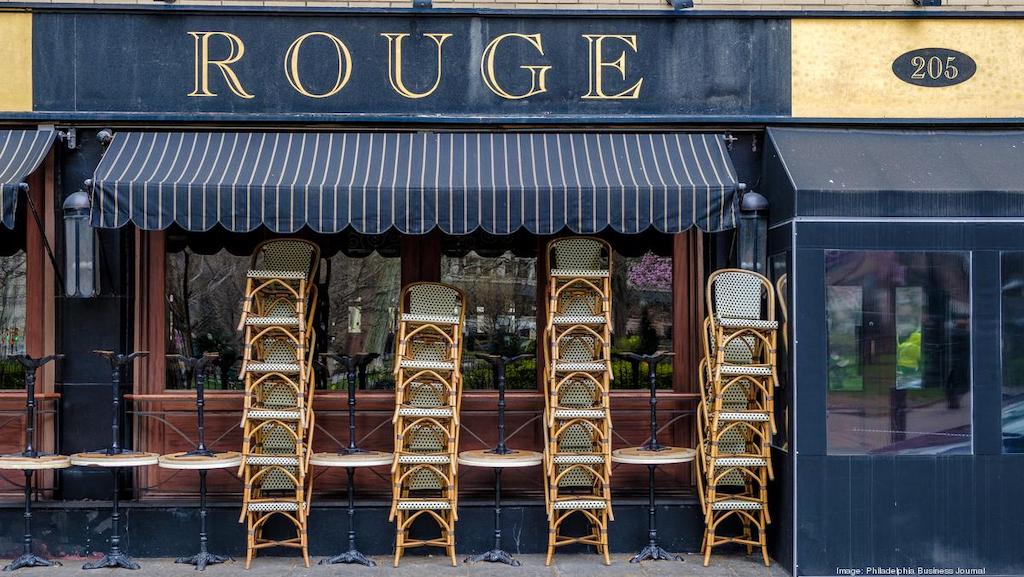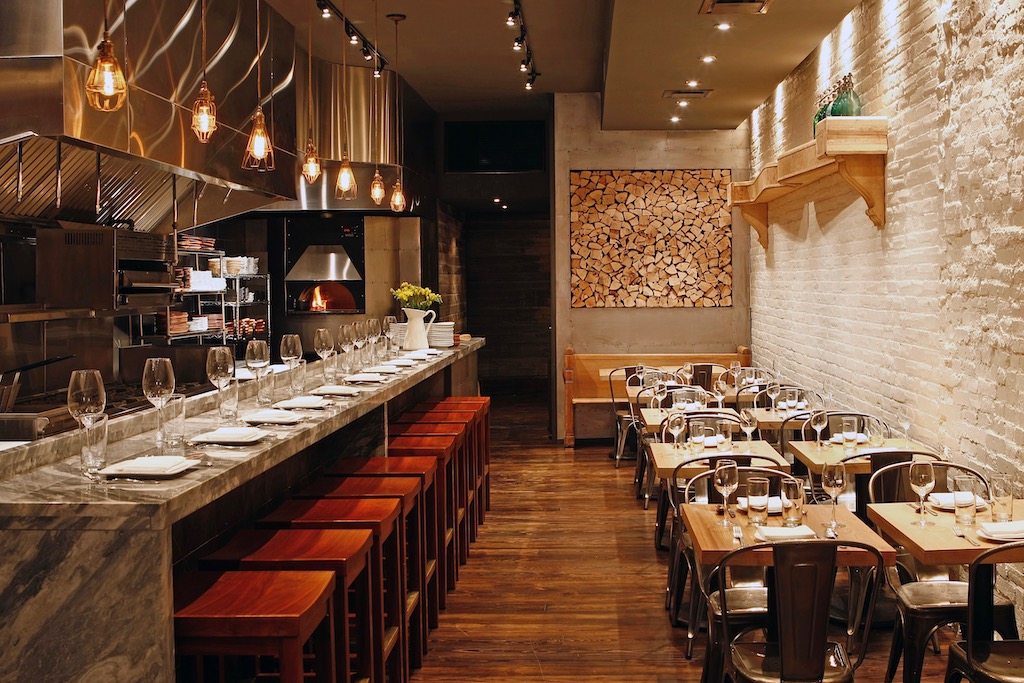The continuing WTF saga of Philly restaurants, during Covid, on Valentine’s eve.
With time passed and three new mass vaccination clinics set to open in Philly starting the week of February 22, one would imagine that the local restaurant and bar scene’s owners, operators and staff would be pleased as Christmas punch. Considering that many local restauranteurs have long claimed that they wouldn’t open indoors dining operations until 75% of their rooms would be allowed in (e.g. Pod), the rumored 50% set for February, in time for Valentine’s weekend, no less, was a good start toward solvency, and a love letter to Philly’s culinary world and the Philadelphia indoor dining saga.
Not so fast, chum.
On February 9, Mayor Jim “I’d rather eat in Baltimore” Kenney and Philly Health Commissioner Thomas Farley announced that area restaurants could expand their indoor occupancy rates to 50% of their properties’ capacity starting as soon as Friday, February 12… If. If. If they were able to place radically enhanced ventilation systems into their spaces. HVAC systems or window fans enabling them to circulate airflow 15 times per hour. Thus, the Philadelphia indoor dining saga continues. With 50% as a decent breakpoint for pandemic struck eateries, that olive branch turned into a burning bush, as new ventilation requirements such as Kenney/Farley’s meant already cash strapped restaurant-repeneurs had to put out even more money, and fast, if they wanted in on the lucrative, romantic dining holiday.
With that deathly mayoral pronouncement, came one from Nicole Marquis formed in response to the pandemic, and to advocate for the industry and their employees. Marquis is the CEO of 9 restaurants in the Philly area and DC, as well as the stalwart founder of Save Philly Restaurants, a local coalition of the owners of nearly 300 restaurants in the city.
Marquis’s response to Philadelphia’s enhanced ventilation standards for local restaurants to increase capacity to 50%, was both swift and in the negative…
We are not in favor of the new recommendations as they stand, but we are not done fighting for our industry and our teams, and we believe that a better solution is achievable. We and other restaurant owners, and the PRLA, have tried to get our city to let us reopen at 50%, which is a challenge when no other city around us is doing it yet. In addition, we all tried our best to influence the standards the city was adopting to measure air circulation and filtration in order to minimize the burden on restaurants. However, we were ultimately unable to get them to adopt many of our recommendations and we believe that very few restaurants will be able to open any time soon at 50%.
We appreciate the efforts Dr. Farley and the commerce department and the city are making to try to get us open in time for one of the biggest holidays of the year for restaurants, but it’s not actually going to help most of us, if any of us, on Valentine’s Weekend. In fact, it’s almost like dangling a box of chocolates in front of us, and then locking it in a drawer for next year — or at least next month. The process as currently written is still difficult, cumbersome and expensive for most restaurants to try to comply with, at a time when we are already skating on thin ice. We think the city may have the right idea to improve air flow, and many of us are already working on it. But most restaurants won’t be able to meet these new requirements as they currently stand, so they will be stuck at 25% occupancy for the foreseeable future, which as we know is untenable financially.
We tried repeatedly to help them come up with common sense practices that provide a safe environment that restaurants can comply with, but unfortunately they didn’t take most of our advice. These new regulations also tie up vital health department resources policing restaurants’ HVAC systems, in the middle of a pandemic, with no real public health benefit.
What’s wrong with new guidelines?
Restaurants continue to be unfairly scapegoated when we are twisting ourselves into Philly pretzels trying to comply with the restrictions. The Health Department still seems to be operating under the false assumption that restaurants are a material cause of Covid spread. However, all the data indicates that only about 1.4% of cases are even possibly related to a restaurant visit, while 75% of cases are caused by private, in-home gatherings, or visits to big box stores or supermarkets.
The city also did not take our advice to allow stand-alone air purification units without exhaust, and also to give us a clear idea of when based on Covid case counts all these restrictions can be lifted.
What we do want?
Philly restaurants support the Pennsylvania State guidelines and CDC guidelines to safely reopen restaurants today at 50% capacity, and we should adopt those immediately in Philly.
Why restaurants are safe.
We would never ask our employees to work in an unsafe environment or our customers to dine in one. With social distancing, mask wearing and our rigorous cleanliness and sanitization processes, eating at a well-run restaurant is among the safest ways to get food today. There is simply no reason for Philadelphia to still have a different standard than the rest of the state.
Today, case numbers have been dropping, and there is no current danger of overwhelming hospitals. We implore the Mayor, City Council and the Health and Commerce Departments to look at the data fairly and accurately, and then adopt State and CDC guidelines on reopening restaurants safely.
With some minor adjustments we can make the new standards work so most restaurants can open at 50% in time for Valentine’s Day. We’d be happy to meet again with the city tomorrow to show them how to make it work for us. In the meantime, Dr. Farley did say that we were going to learn from this, and they will continue to make changes, as no one else is doing what the City did today. In the meantime, we will keep our standing meeting with them on Fridays to continue to try to make our voices heard, and make more headway for our industry and our current desperate needs. We believe that we are not that far away from a workable solution with the city, but we are not there yet.”
About Post Author
Discover more from dosage MAGAZINE
Subscribe to get the latest posts sent to your email.





